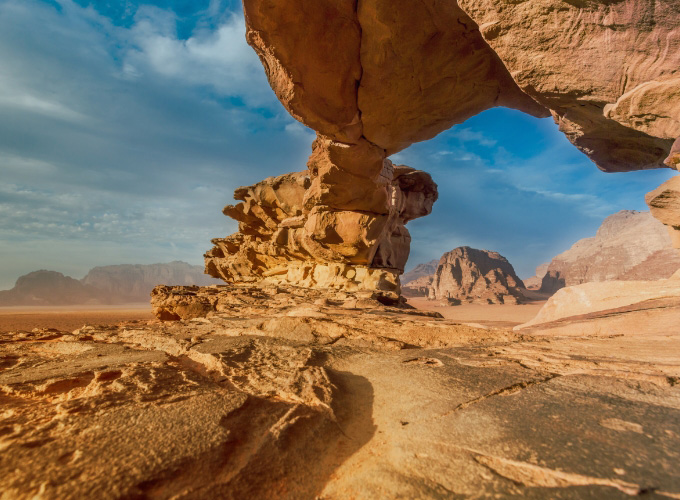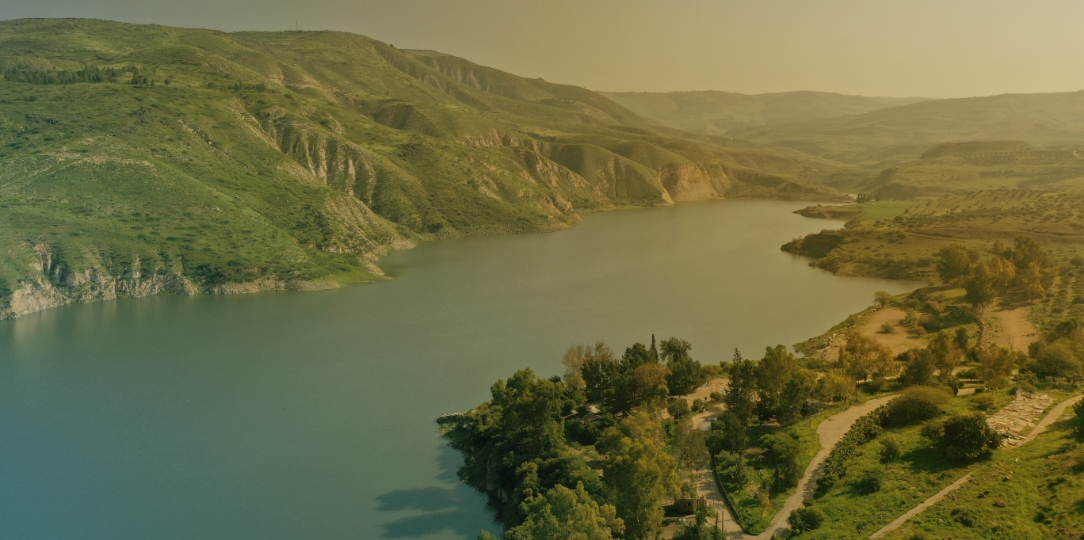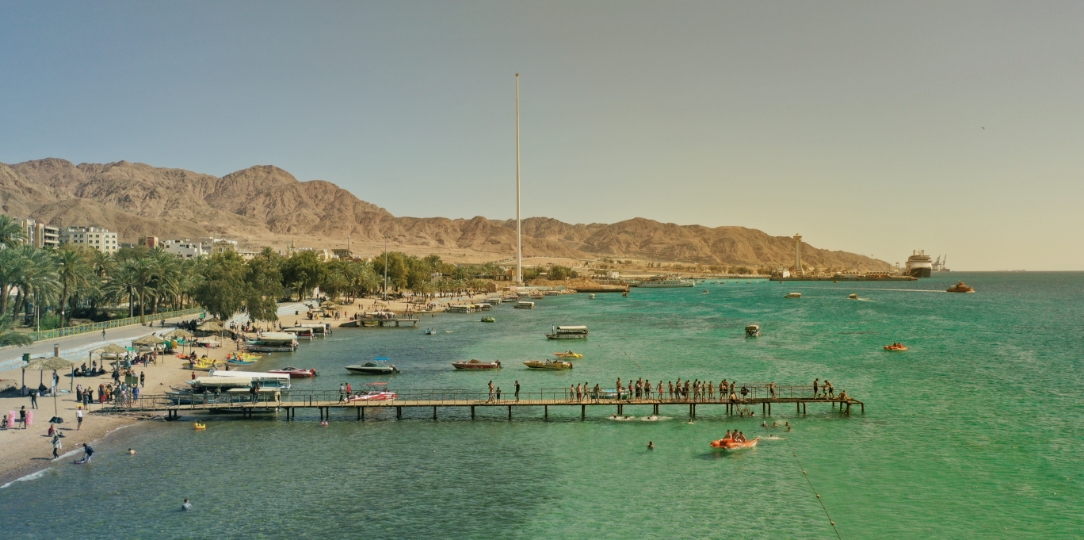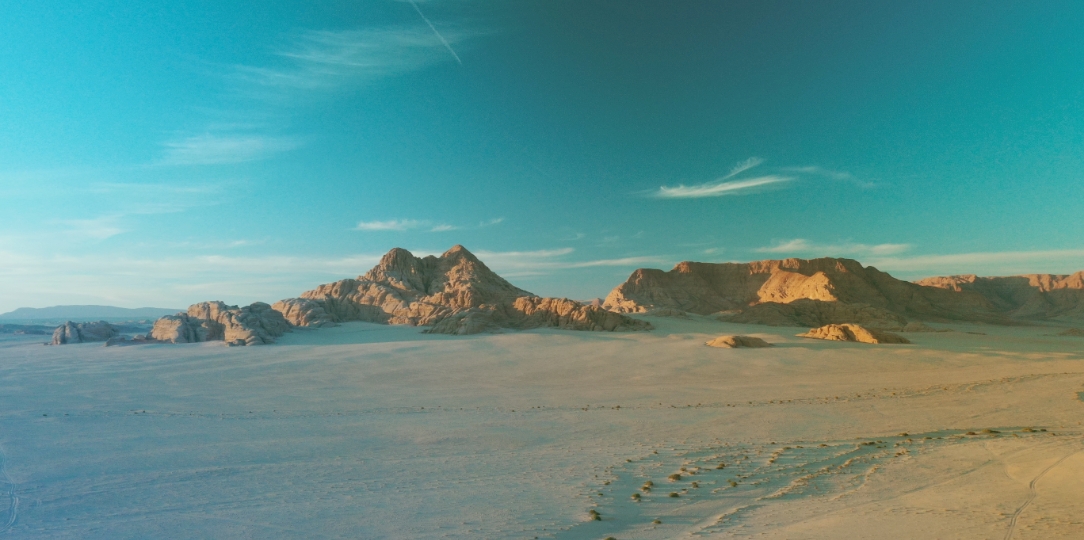About Jordan
In 1921, Prince Abdullah bin Al Hussein, may his soul rest in peace, proclaimed Transjordan an Emirate, which later gained independence on 25 May 1946 as the Hashemite Kingdom of Jordan, and the Emir became King Abdullah I, the founder of modern Jordan.
The Kingdom’s official language is Arabic, while English is taught as a second language, and sign language is used by the deaf community. Jordan is a tolerant, Islamic state that welcomes all religions. A majority of Jordanians are Muslim, with 92% being Sunni Muslim, while Christians, living mostly in Amman or the Jordan Valley, make up 6% of the total, with 2% representing other religions.
Administrative Units
Jordan comprises three regions segmented into 12 governorates: The capital Amman, Zarqa, Irbid, Ajloun, Mafraq, Aqaba, Jerash, Madaba, Karak, Balqa, Maan, and Tafileh. Each of these governorates is divided into districts and sub-districts.
Population
The United Nations Population Fund (UNFPA) estimated Jordan’s total population to be 11.3 million as of 2021.
GEOGRAPHY
Jordan encompasses three geographic areas, each of which has a unique climate: The Jordan Valley, the Mountain Heights Plateau, and the Badia region.
Part of the larger Jordan Rift Valley, the Jordan Valley stretches over 105 km along the Jordan River on the country’s western flank. It’s home to some of Jordan’s most vital land reserves, including the Dead Sea.
Straddling the Yarmouk River, the Mountain Heights Plateau, also known as the Jordanian Highlands, extends over 300 km to the north and south in western Jordan.
Jordan’s eastern desert region, known as Badia, constitutes 80% of its total area and is subdivided into three regions – the Northern, Central, and Southern Badias.
The climate ranges from a Mediterranean to a desert climate, with winter temperatures dropping to 9°C in the Highlands and to 19°C in the deserts.

The port of Aqaba is Jordan’s only sea access. It overlooks the Red Sea, with the Kingdom’s share of the coast being a 25-kilometre-long shore.
Area
- Total area: 89,213 square kilometres
- Land area: 88,884 square kilometres
- Water area: 329 square kilometres





